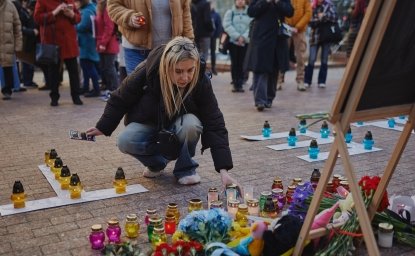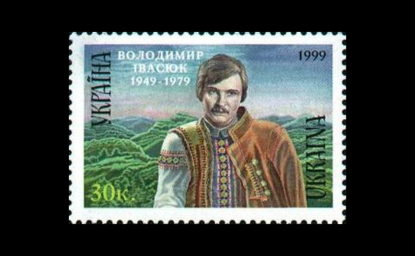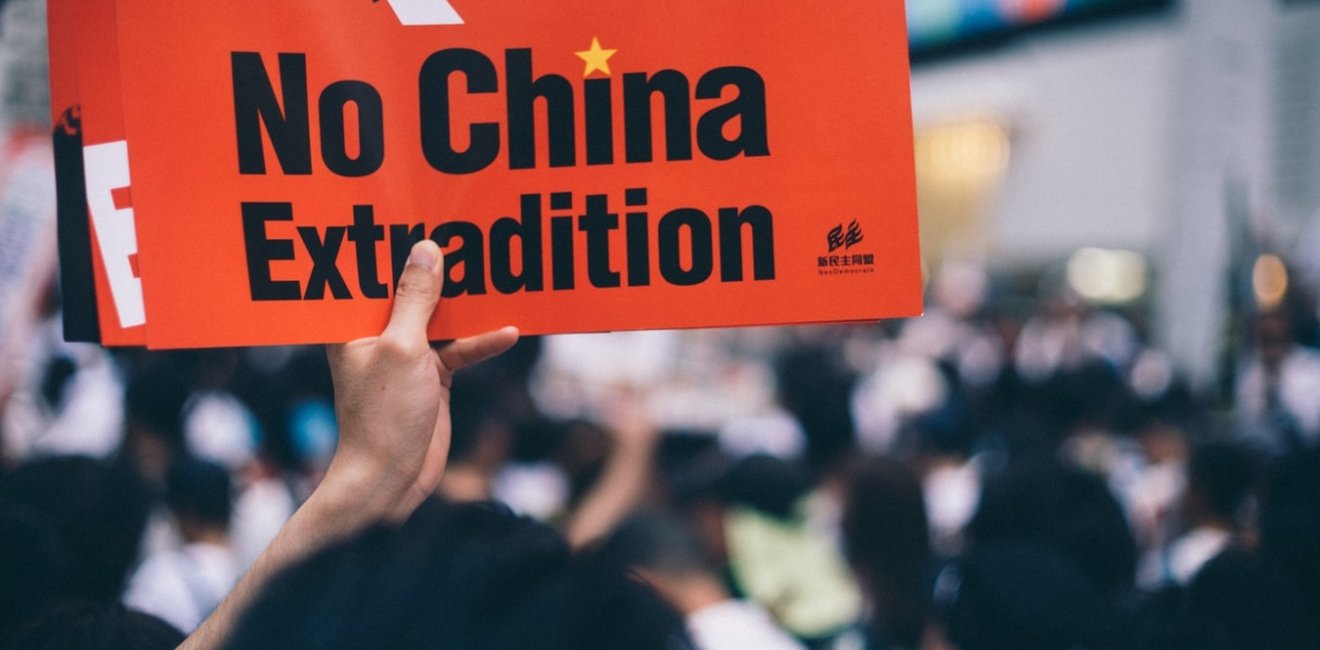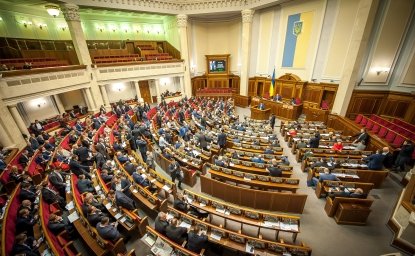
A blog of the Kennan Institute
BY EMILY COUCH
At midnight on October 4, Hong Kong residents became subject to a law that, to Ukraine watchers, may sound eerily familiar. Invoking the Emergency Regulations Ordinance, the law, according to the Hong Kong Free Press, bans protesters from covering their faces during protests, whether with masks or with paint.
Rewind to November 22, 2014, when Ukraine’s Verkhovna Rada, at then-President Yanukovych’s behest, passed a decree banning “participation in a meeting, rally, street march, demonstration, other mass event in a mask, helmet, or using other means or methods of masking in order to avoid the identification of a person.” The context of the decree was the Euromaidan, a three-month-long protest prompted by Yanukovych’s refusal to sign the EU Association Agreement. The context of the Hong Kong law is the ongoing protests sparked on June 3 by the proposed extradition agreement with mainland China.
Over the past few weeks, it has become commonplace to highlight the similarities between the two geographically and temporally disparate movements. Al Jazeera, Time, and the Kyiv Post have all picked up on reports that Hong Kongers are avidly watching the acclaimed Netflix documentary Winter on Fire, a chronicle of the Euromaidan, and on statements by opposition leader Joshua Wong and university professor Kenneth Chan comparing the pro-Beijing government to Yanukovych’s pro-Russia one and the dedication of protesting Hong Kongers to that of Ukrainians.
What has received considerably less attention, however, is why both groups may be playing up this comparison, and the potential pitfalls of buying into this useful if slightly romantic narrative wholesale.
Let's start with Hong Kong. After five years of revolution and war, Ukraine’s pivotal geopolitical position is generally accepted by the West. By invoking the Euromaidan, Hong Kongers invest their cause with the same importance—thereby sending a tacit appeal for international support. Western observers may not be familiar with Hong Kong politics but they almost certainly know how Russia meddled in, and subsequently invaded, Ukraine. Their citing Ukraine thus frames Hong Kong/mainland China politics in a language understandable to an international, and specifically Western, audience.
What does Ukraine gain from drawing parallels with Hong Kong? Not long ago the Ukrainian activist Arthur Kharytonov told the Kyiv Post: “We feel that they are our friends—they are the same as we are.… We want to help them in their fight for democracy, rule of law, and human rights.… With Russia and China forming a kind of totalitarian family, Ukraine and Hong Kong need to stand together.” Like the Hong Kong protesters, Kharytonov posits Ukraine as part of a global democratic spring, a Manichean struggle between Democracy and Authoritarianism. By showing their solidarity with Hong Kongers, Kharytonov and other Ukrainians portray their country as occupying a leading position on the international stage, and also remind Western leaders that it deserves their attention.
Transnational solidarity, a David-and-Goliath story of heroic underdogs taking on political behemoths: the romance of the Hong Kong–Ukraine comparison is undeniably attractive, but international observers should exercise caution before perpetuating it.
That doing so plays into the hands of Moscow and Beijing is perhaps the most obvious reason. On August 16, the Kremlin mouthpiece Sputnik published an article titled "Pundit sees 'More and More Symptoms of Color Revolution in Hong Kong'" in which researcher Alexander Lomanov claimed that the Hong Kong "riots" would cause "economic disruption" but would be "unlikely to have any political impact." Four days prior to this, RT published the article ‘“World Is Watching”: US Reaction Points to Hong Kong as 'Color Revolution.'" The Chinese ambassador to Russia, Zhang Hanhui, himself promoted the comparison: “Western forces control behind the scenes,” Hanhui told Sputnik. “It is obvious.” Hanhui clearly understands his audience: by invoking the specter of a color revolution, Beijing creates a discursive alliance with Russia that posits the diffusion of protest as a nefarious U.S.-backed scheme. While it was the 2004 Orange Revolution, and not the Euromaidan, that was part of the "color" wave, if international observers continue to tout the comparison between Hong Kong and Ukraine, they hand Moscow and Beijing a discursive gift for discrediting both movements.
More significant, however, is the potentially adverse effects that the comparison could have on the Hong Kong protesters themselves. Hong Kongers find themselves in a vastly different set of circumstances from those obtaining in Ukraine in 2004 and 2014–15. A 2015 academic article on the Arab Spring suggested that protesters in different countries learned from Tunisia and Egypt but did not to take into account the difference in contexts, which could cause movements to triumph or fail.
Similarly, while expressions of international solidarity must be heartening for many Hong Kongers, the perpetuation of the narrative of "if Ukraine did it, so can we" fosters a potentially harmful elision of contexts that could negatively impact the strategy of their movement. We also, arguably, do Hong Kongers a disservice by shoehorning their demonstrations into a European model. Instead of focusing on how leaders like Joshua Wong draw inspiration from Ukraine’s example we should instead, perhaps, consider how the rank-and-file protesters have organized organically and drawn on their own past mass movements, such as the 2014 Umbrella Revolution.
At the beginning of September, an anonymous Hong Kong composer wrote the protest anthem "Glory to Hong Kong," which is believed to be a riff on the Slava Ukrayini slogan made famous by the Euromaidan. Hong Kong may aspire to join Ukraine in the march toward a bright, democratic future, but it is unclear to what extent the international attention piqued by the Ukraine comparison can protect the protesters from the threat of an antagonized Beijing.
Author


Kennan Institute
After more than 50 years as a vital part of the Wilson Center legacy, the Kennan Institute has become an independent think tank. You can find the current website for the Kennan Institute at kennaninstitute.org. Please look for future announcements about partnership activities between the Wilson Center and the Kennan Institute at Wilson Center Press Room. The Kennan Institute is the premier US center for advanced research on Eurasia and the oldest and largest regional program at the Woodrow Wilson International Center for Scholars. The Kennan Institute is committed to improving American understanding of Russia, Ukraine, Central Asia, the South Caucasus, and the surrounding region through research and exchange. Read more

Explore More in Focus Ukraine
Browse Focus Ukraine
Talking to the Dead to Heal the Living

Ukrainian Issue in Polish Elections


